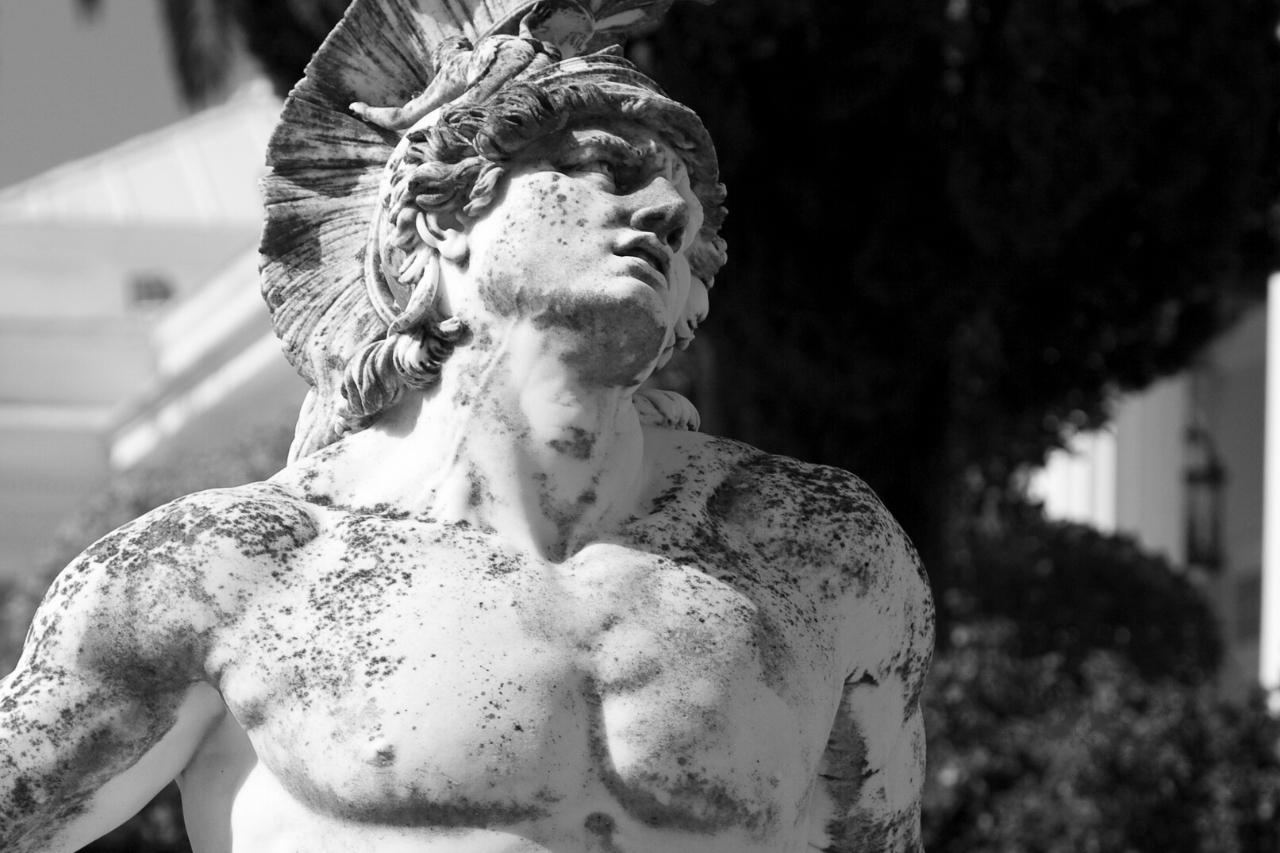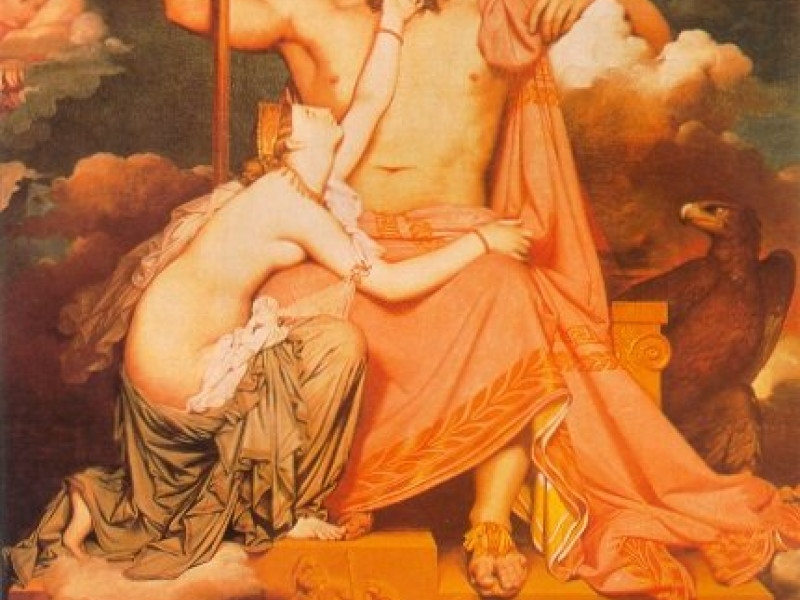Phthia Greece: The Setting of Achilles’ Life in Greek Mythology
Phthia Greece was an ancient city that is most famously known for its various Greek rulers. This ancient city is highly associated with Achilles, the Trojan war, and its after-effects in Phthia Greek mythology and Roman mythology. The city gave the mythology many important heroes and warriors. Here we bring you all the information on this golden city of ancient Greece, its importance, and its location in the current geography of the world.
Phthia Greece
Phthia was an ancient Mycenaean city in the south of Thessaly, Greece. This city is an important city in Greek mythology and was home to some of the most important characters of the mythology. It was home to the famous Greek race of Myrmidons. The Myrmidons and Phthia are frequently mentioned in the famous works of Homer and Hesiod.
This city is one of the examples of great ancient Greek architecture and Homer explains the beauty and extravagance of Phthia in the Illiad. Greek mythology is known to us today through the epic works of ancient Greek writers and poets. They have shaped Phthia Greece mythology in the most incredible and captivating way, hence this is why mythology has influenced so many people around the world today.
Phthia saw many ups and downs in its time as it was a diamond in a pot of coal. Many people staked their claim on this piece of land after the death of the previous king only because they wanted the land for themselves. This created much chaos among the people of Phthia but somehow they knew how to stand firm in the eyes of problems.
Location of Phthia Greece
Phthia was located in the south of Thessaly. Thessaly was an ancient and traditional region of Greece in olden times. Thessaly had many names in history. It was also called Aeolia and its inhabitants as Aeolians. In Greek mythology, Thessaly homed many important characters as it was considered vital to ancient Greek geography.
Thessaly was also a very versatile land with almost all sorts of landforms. This is the reason that the inhabitants were self-sufficient and had great livelihoods from agricultural farming lands. The inhabitants were therefore largely farmers and smiths. It was a prosperous town and the people were welcoming and very helpful.
Another important fact about Phthia and its location is that it had the infamous Mount Othrys. From the western side of the Pagasitic Gulf, it occupied both of Mount Othrys’ sides which made the city even more important. There is very less information about the Myrmidons, the inhabitants of Phthia, from the myths and literature.
Rulers of The City
This beautiful city played a great role in Greek mythology because of its relation to the Trojan war, and its aftermath, and surely because of its ruler, Achilles. Naturally, the city underwent many changes in its rulers and ruling parties. Some rulers went down in history because of their names and records and some went unnoticed.
There is a long list of rulers of the city and here we mention the most important among them:
Aeacus: Founder of Phthia
Peleus: Son of Aeacus
Achilles: Son of Peleus
Neoptolemus: Son of Achilles
In Greek mythology, the story of Phthia starts with Aeacus and ends with Neoptolemus. There is no mention of this incredible city after Neoptolemus in any works of Homer, Hesiod, or any other poet.
Other than the mythology and in real life, the list of rulers for this city is a long one. It stretches until Greece came under the rule of the Eastern Roman empire and later on the Byzantine empire took over the land.
In some instances, the name of the city is seen in contact with the word, Phthisis, which means decline or consumption. Even though it was a prospering city, with great rulers, some parts of the city were infected with tuberculosis and death. Homer writes about the horrific deaths in some parts of the city in the Illiad.
Achilles and The City
Achilles was one of the rulers of Phthia and he is most famously known for leading the Myrmidons to the Trojan war. Phthia Achilles himself is a very famous character in Greek mythology. On the other hand, aside from being a Trojan war hero, Achilles was most famously known for his heel and his partial immortality. He was Nereid Thetis and King Pelus’s son.
Thetis wanted her son to be immortal so she dipped him in the River Styx several times, holding Achilles by his heel. All of him became immortal except his heel. This became common knowledge to the public.
The Trojan War
The Trojan war was the most devasting war in all of Greek mythology. In this war, many important characters of the mythology took part and breathed their last breath. The war started because the Trojan prince, Paris kidnapped and took Helen of Sparta with him. This pitted the two parties, the Trojans and the Greeks, against each other.
Achilles was asked to join the war with his Myrmidon army by Menelaus, Helen’s husband. Achilles and his ally and best friend, Patroclus, rode towards the Trojan city with all of it’s warriors. The city of Phthia at the time was ruled by Achilles at the time and after Achilles left for war, this incredible city was without a true King, because he left for battle.
Achilles managed to kill Paris in the war but also lost Patroclus. Sometime later in the war, Achilles was also killed. The Greeks however won the war in the end. Everyone returned to their homelands after and the rebuilding of the lost cities began.
Andromache
As Achilles was the king of this city before the war and now that he died, his son, Neoptolemus took charge. This part of the mythology, after the Trojan war, is known as Andromache. It is explained in the works of Homer and Hesiod. Greek mythology does not describe the city after the Andromache and the reign of Neoptolemus is seen to come to an indefinite path.
This wondrous city remained in its glory for a long time even after Achilles died. Neoptolemus could not fill the shoes of his late father, Achilles, but he did his best and kept the city prospering. This was before the other Greek nations started taking the nearby cities under their rule.
FAQ
Is Dionysus From The City of Phthia?
No, Dionysus was from Mount Olympus like the rest of the Olympian gods and goddesses. Dionysus was the god of wine, ecstasy, fruition, and vegetation. He was mostly drunk and was well known among the people as they worshipped him and asked for his help regarding their harvests and problems. He was an extravagant god that did whatever pleased him.
Was Phthia Real?
No, this city was not real, and archeologists haven’t found any evidence of the city, whether it was lost under the sea or built upon. So far, the city hasn’t been discovered yet.
Conclusion
Phthia Greece was one of the most important cities of Ancient Greece and its mythology. Here we summarise and conclude all the important points from the article:
Phthia was an ancient Mycenaean city in the south of Thessaly, Greece. It was home to the famous Greek race of Myrmidons.
There is a long list of rulers of Phthia, that include: Aeacus: Founder of Phthia, Peleus: Son of Aeacus, Achilles: Son of Peleus, and Neoptolemus: Son of Achilles.
Achilles was most famously known for his heel and his partial immortality. He was the son of Nereid Thetis and King Pelus of Phthia. He led the Myrmidons in the Trojan war and they were on the side of the Greeks.
Phthia is seen in contact with the word, Phthisis, which means decline or consumption. Some parts of the city were infected with tuberculosis and death.
Neoptolemus is the last known ruler of Phthia in Greek mythology. The city is not mentioned later in any mythological work. In reality, it went under the rule of different empires of the world.
Phthia was surely an integral part of Achilales’ life and Achilles was surely one of the most important and famous characters in Greek mythology. Here we come to the end of the article about the city of Phthia in Ancient Greece.




